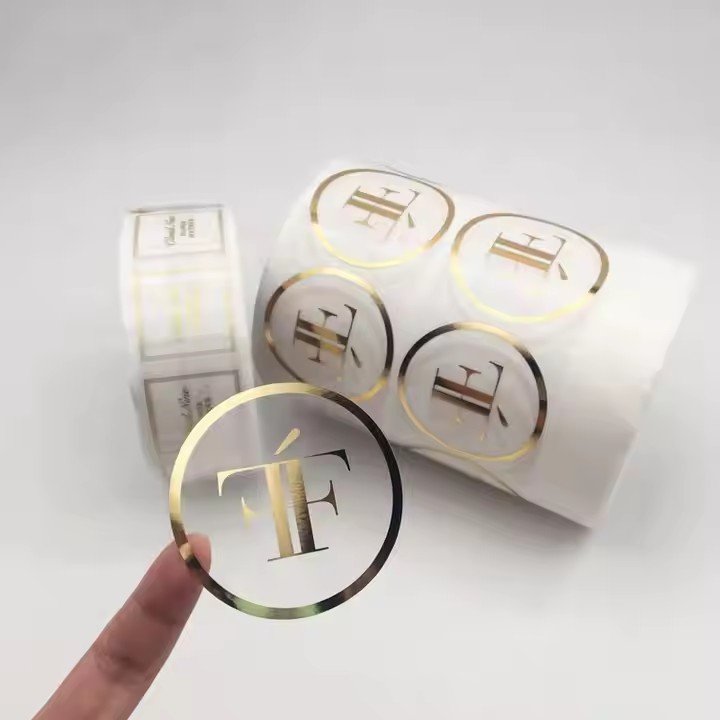For China’s new middle class, purchasing decisions have moved far beyond simple “functional needs” toward the pursuit of quality symbolism and emotional resonance. The wine label—being the first visual touchpoint between the product and the consumer—is not merely decorative; it is a visual embodiment of middle-class values.
A label that aligns with middle-class aesthetics must find the right balance between tradition and modernity, simplicity and detail, restraint and distinctiveness. It should avoid both gaudy excess and bland mediocrity, achieving a design that communicates “instant quality at first glance, and depth upon closer look.”
- Color Harmony: The Core Vehicle for Aesthetic Expression
Color is the primary carrier of aesthetic perception, and for the middle class, it should embody restraint and sophistication. Overly bright or highly saturated color combinations should be avoided. This demographic typically prefers low-brightness, low-saturation “textured color palettes”, which align with their pursuit of composure and refinement.
Classic combinations such as deep red and gold still convey quality but should be reinterpreted: darken the red into Burgundy tones and replace glossy gold with matte gold, as seen in the premium lines of Changyu Cabernet. The heavier color tone conveys the depth and maturity of the wine itself.
Earth tones—such as light brown, cream, and dark gray—naturally evoke a connection to terroir and are ideal for highlighting the wine’s authentic origins. Meanwhile, Morandi hues like dusty pink or gray-blue appeal to younger middle-class consumers seeking a sense of “light elegance,” especially in wines for casual or daily occasions.
The key to effective color use lies in the principle of “less is more.” Limit the palette to no more than two main colors and one accent color. Convey sophistication not through color richness, but through layering and tonal harmony.
- Graphic Elements: From Symbolism to Storytelling
Graphic design should move away from symbolic abstraction and instead embrace narrative detail. The middle-class consumer is naturally resistant to “hollow luxury,” yet highly responsive to authentic visual storytelling.

Traditional wine motifs—grapevines, cellars, oak barrels—can still be used, but should be reimagined through modern craftsmanship:
Use line illustration to depict the organic growth of grapevines rather than heavy realism.
Apply embossing to highlight the wood grain of oak barrels, creating both tactile and visual depth.
For Chinese wine brands, integrating Eastern design elements can effectively appeal to middle-class sensibilities—provided it’s done subtly, not by forceful fusion.
For example:
Flatten and modernize Chinese calligraphy such as “解百纳” (Cabernet) and combine it with minimalist grape illustrations, preserving cultural identity while aligning with modern aesthetics.
Extract traditional patterns like the scroll motif (juan cao wen) and simplify it into a border design—an elegant alternative to ornate Western floral frames.
Incorporate geographic or topographic lines of the vineyard region to visually encode “authentic origin,” satisfying the middle-class desire for expertise and authenticity.
- Typography and Layout: Structuring Readability and Trust
Typography and layout directly determine the readability and perceived sophistication of a label. Middle-class consumers value clarity and hierarchy; cluttered design immediately diminishes perceived trustworthiness.
The brand name should be the visual focal point, ideally using a custom font that combines distinctiveness and elegance.
For traditional brands, refined serif fonts are appropriate, but stroke thickness should be balanced to avoid appearing outdated or overly ornate.
For contemporary brands, clean sans-serif fonts with widened spacing can create a sense of airiness and modern rhythm.
Information hierarchy is essential:
Key data such as vintage, origin, and grape variety should use slightly larger type.
Supporting information like production methods or aging time should appear smaller to maintain a visual hierarchy.
Changyu Cabernet’s label design exemplifies this principle—its calligraphic brand mark stands as the visual anchor, supported by concise product descriptors, balancing brand identity and legibility—a structure worth emulating.
- Material and Finishing: The “Invisible Business Card” of Quality
The tactile feel of a label often leaves a stronger memory imprint than its visuals. The middle class is highly sensitive to material quality: cheap glossy lamination can instantly cheapen a product, whereas fine textures create a sense of “value worth paying for.”
Imported matte papers are the baseline choice—offering a soft, velvety surface that enhances both color depth and refinement. Specialty papers such as recycled cotton or linen-textured stock add natural fiber patterns that reinforce an eco-friendly image, aligning with middle-class sustainability values.
Craft techniques should enhance precision, not complexity:
Use matte or brushed foil stamping (rather than shiny foil) to highlight the brand name or emblem without appearing flashy.
Apply spot UV coating selectively—for example, accentuating grape motifs to contrast matte and gloss finishes.
For premium tiers, combine embossing with foil stamping, making key information both visually striking and tactile—an embodiment of the middle class’s appreciation for detail-driven value.
- Conveying Meaning: Transparency and Emotional Resonance
Ultimately, a wine label should communicate transparency and emotional value. Modern middle-class consumers value their “right to know”—they expect honesty and openness rather than obscured or vague messaging.

Clearly indicate:
The specific wine region, rather than generic “domestic” or “imported.”
The grape variety composition, not just a single name.
The aging period and barrel type—these details build credibility and trust.
Through such design, the label transcends decoration to become a medium of information, emotion, and brand philosophy, truly resonating with the discerning taste of the middle class.


